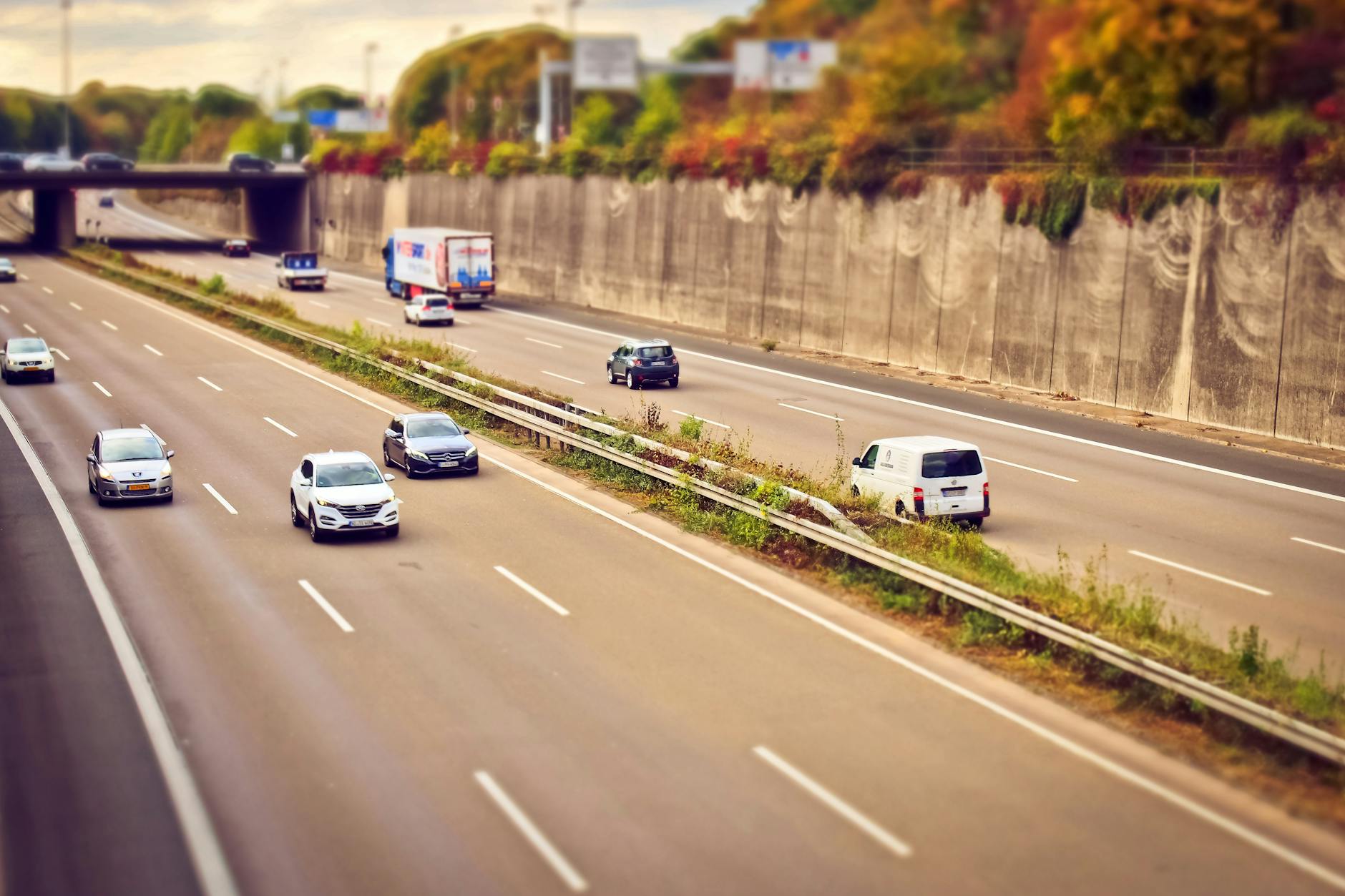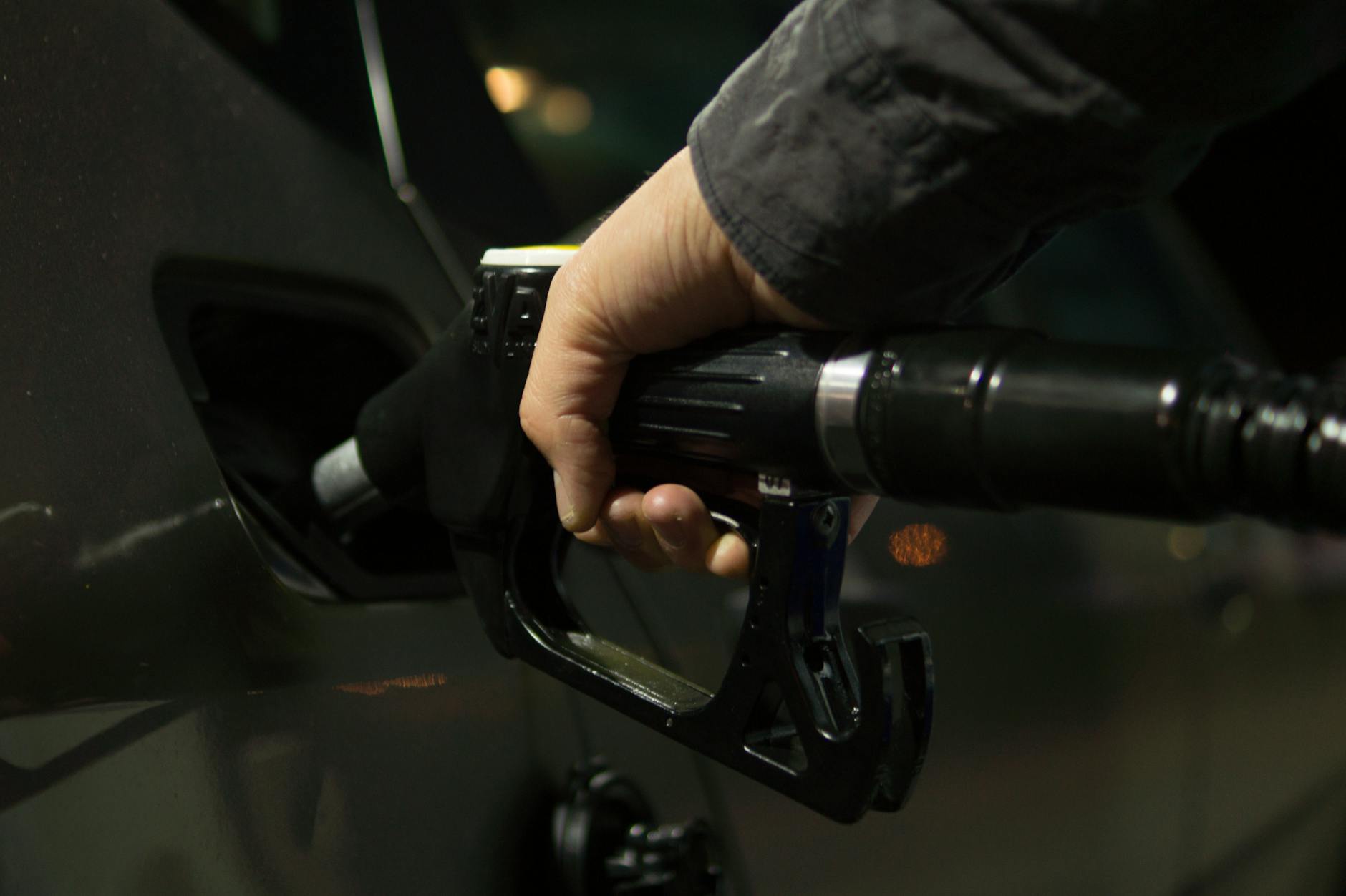Can tourists drive in Spain?
Yes, absolutely! This article contains some useful tips and frequently asked questions about foreigners driving in Spain.
What is the best way to get around in Spain?
The AVE (Alta Velocidad, or high-speed train) connects most of the major cities in Spain, and is generally considered the easiest and cheapest way of getting around. For example, you can take the AVE from Madrid (right in the center of Spain) to either Barcelona or Sevilla (on opposite sides of the country) in about the same amount of time – under 3 hours. RENFE (Red Nacional de Los Ferrocarriles Españoles, Spain’s national train network) also offers high-speed, regular, and suburban train lines. Buses and planes are also much cheaper in Spain than you would typically experience in the United States. That said, many tourists still do opt to travel around Spain by car.
Is driving in Spain easy?
Driving in Spain is not particularly difficult, but there are some local idiosyncrasies that you should familiarize yourself with. We’ve put together some tips that tourists should know about traveling around by automobile in Spain.
What do stop signs say in Spanish?
Like in almost all countries, the red octagonal shape is the universally-understood symbol for “stop”. They typically say “alto” or “pare”, although sometimes they simply say “stop”.
Why do stop signs in Spain say stop?
STOP in a red octagon is the international EU stop sign (“stop” is considered an internationally recognized word). A few Spanish-speaking countries opt to use the word “pare” on their stop signs, whereas others say “alto”.
Can you turn right on red in Spain?
You cannot make a right turn at a red light in Spain.

What is the speed limit in Spain?
Speed limits in Spain vary by the type of road and type of vehicle. The standard motorway speed limit in most parts of Spain are as follows:
This information about driving in Spain is provided as a convenience for travelers and is not to be considered legal advice. Laws change all of the time, please double-check the local laws for the exact destination.
Spanish speed limits
| Standard motorway speed limit (kilometers per hour) | Standard motorway speed limit (MPH) | Standard interurban rural roads speed limit (kilometers per hour) | Standard interurban rural roads speed limit (MPH) | Built-up areas speed limit (kilometers per hour) | Built-up areas speed limit (MPH) | |
|---|---|---|---|---|---|---|
| Cars | 120 | 75 | 90 | 56 | 50 | 31 |
| Motorcycles | 120 | 75 | 90 | 56 | 50 | 31 |
| Buses | 100 | 62 | 90 | 56 | 50 | 31 |
| Vans | 100 | 62 | 80 | 50 | 50 | 31 |
| Trucks with trailer (750 kg or less) | 90 | 56 | 80 | 50 | 50 | 31 |
| Trucks with trailer (751 kg or more) | 80 | 50 | 80 | 50 | 50 | 31 |
| Bicycles and mopeds | not permitted | not permitted | 45 | 28 | 45 | 28 |
What do blue speed signs mean in Spain?
Circular blue road signs with a number in the middle designate a minimum speed that a driver must maintain. Square blue signs with a number in the center designate the recommended speed for a certain area of a road, which may be different than the stated speed limit.
Does Spain drive on the left?
No! Spain is not like Great Britain, Spaniards drive on the right side of the road just like in the United States. The driver sits on the left of the vehicle and the passenger seat is on the right.
How do roundabouts work in Spain?
Roundabouts are common for highway junctions in Spain. You drive anti-clockwise around a roundabout, the same way that you would in the United States. You are only permitted to exit the roundabout while driving in the outer lane.

Is it safe to self drive in Spain?
Yes, it is safe to drive yourself around in Spain. However, just like anywhere, you need to be prepared for potential bad weather, construction detours, and other hazards. And just like anywhere, do not leave valuables in plain sight in your vehicle. Some tourists have reported finding Spanish drivers to be more aggressive than they are used to, so if you are a timid driver, stick to the far right line. For the most part, public roads are extremely well-maintained in Spain. If you’re not going to drive yourself, make sure that you learn how to ask for a ride in Spanish.
Do I need to wear a seat belt in Spain?
Yes, as a matter of fact, seatbelt rules are particularly strict in Spain. For your safety, and to avoid trouble with the law, please buckle up!
Can you get GPS in Spain?
Generally speaking, GPS is very available in Spain. This, of course, can vary based on the brand of GPS. If you are planning to use your phone for GPS during your stay in Spain, verify with your cell provider how this will impact your data usage.
How do you pay tolls in Spain?
Typically you will be given a ticket upon entering the toll road, then you will be asked to provide the ticket to the toll booth upon exiting. ‘Telepeaje’, ‘VIA-T’ or ‘T’ signs mean that a toll booth lane is automated (sort of like “EZ Pass” in the USA). These devices can be purchased at banks in Spain (you need to have a bank account, so this really only works if you are in Spain frequently enough to have one). You can also use cash to pay tolls.
How much are Spanish toll roads?
In Spain, toll charges are determined based on the length of the road on which you are driving. Some are as inexpensive as a euro per 10 kilometers, whereas others are two euros or more for the same distance.
For example:
- The AP-9 Spanish toll road (Vigo to Ferrol) costs approximately 1 euro per 9 kilometers.
- The AP-7 Spanish toll road (Valencia to La Jonquera) costs approximately 1 euro per 11 kilometers.
Are Spanish motorways free?
Spanish motorways are not entirely free. Approximately 20% of the highways in Spain charge a toll. That said, the Spanish minister of public works, José Luis Ábalos has confirmed that the AP-1 motorway (Burgos to Armiñón) will begin to be toll-free starting on December 1st, 2018. The AP-4 (Sevilla to Cádiz), and the AP-7 (runs down the east coast) will be toll-free beginning January 1st, 2020.

What is an A road in Spain?
As a general rule of thumb, Autopistas (designated by the abbreviation AP, such as in AP4), are Spain’s toll motorways. Autovias (designated by the letter A, such as in A66) are Spain’s free motorways. Around urban areas, this distinction can become a bit of a gray area, and other nomenclature may also be used.
Is there free parking in Spain?
There is no free parking in the majority of cities in Spain – in fact, public parking can be surprisingly expensive. Parking ticket machines (pay and display) are common. You may also see ‘ORA’ or ‘OTA ZONA’ signs in local shops, indicating that you may purchase tickets for 30/60/90 minutes. Most hotels will charge anywhere from 15-20 euros a day for parking.
Do you need a permit to drive in Spain?
Spain does not recognize a U.S. driver’s license, so United States drivers must first attend a Spanish driving school and pass a Spanish driving exam before they are permitted to drive on the roads.
Is my license valid in Spain?
No, you will need to obtain an International Driving Permit. The IDP merely translates your state-issued driver’s license into 10 languages, including Spanish. It is considered a supplementary document, and it must be carried along with your driver’s license. If you are stopped by traffic police, you will need to show them both documents. If you are a U.S. citizen but are planning to become a resident of Spain, you are required to obtain a valid Spanish driver’s license within 6 months.
What do I need with me in the vehicle when driving in Spain?
The following items must be carried in the vehicle at all times in Spain:
- Either a passport or ID Card.
- Driver’s Licence.
- Automobile insurance certificate.
- Original registration document (generally referred to as a “permiso de circulación”)
- Ficha Tecnica/itv (Mot Certificate)
How do I pump gas in Spain?
The vast majority of gas, or petrol stations in Spain are self-service. These days, most of them do accept card payments at the pump.

Is it a good idea to rent a car in Spain?
There are a number of cheaper options for transportation in Spain, but there is no real reason why you should not rent a car. Keep in mind that parking in major cities will also add significantly to the cost of renting – so this should factor into your decision. Keep in mind that the vast majority of rental cars that are available in Spain will be a manual transmission, so you will need to know how to drive stick. Your rental vehicle may also take diesel fuel only, so be sure to check before you fill-up the tank!
Is my car insurance valid in Spain?
This information about driving in Spain is provided as a convenience for travelers and is not to be considered legal advice. Laws change all of the time, please double-check the local laws for the exact destination. All cars in Spain are required to maintain Civil Liability coverage or insurance at a bare minimum (regardless of whether or not the car is in active use). Typically, a vehicle that is insured in any other European country is covered while in Spain.
If you are a driver from the United States, check your credit card provider. Many major credit card companies will offer complimentary insurance coverage for car rentals in Europe- this can include vehicular damage, towing, and various other expenses; although typically not injury or other liabilities. If you are planning to borrow a friend or family member’s car while you are in Spain, it is possible that you could be temporarily added to the car owner’s current insurance plan. Otherwise, your best bet may be to purchase auto insurance for one specific time period (typically referred to as “trip insurance”), or purchase insurance directly from the car rental company.
If you want to insure your vehicle with a Spanish insurance company, you will need a residency permit, a Foreigner Identification Number (Número de Identidad de Extranjero/NIE number), or a Spanish license plate.
Does Spain have Uber or Lyft?
As of the time of writing, Lyft is not available in Spain. Ubers can be found primarily in Madrid, but not Barcelona. You can find more information about cities in Spain with Uber , or check their website.
Again, this information about driving in Spain is provided as a convenience for travelers and is not to be considered legal advice. Laws change all of the time, please double-check the local laws for the exact destination. We hope that this guide to driving in Spain makes you feel more comfortable during your trip! You may also be interested in Is Spain safe for tourists and our Spanish study abroad packing list.